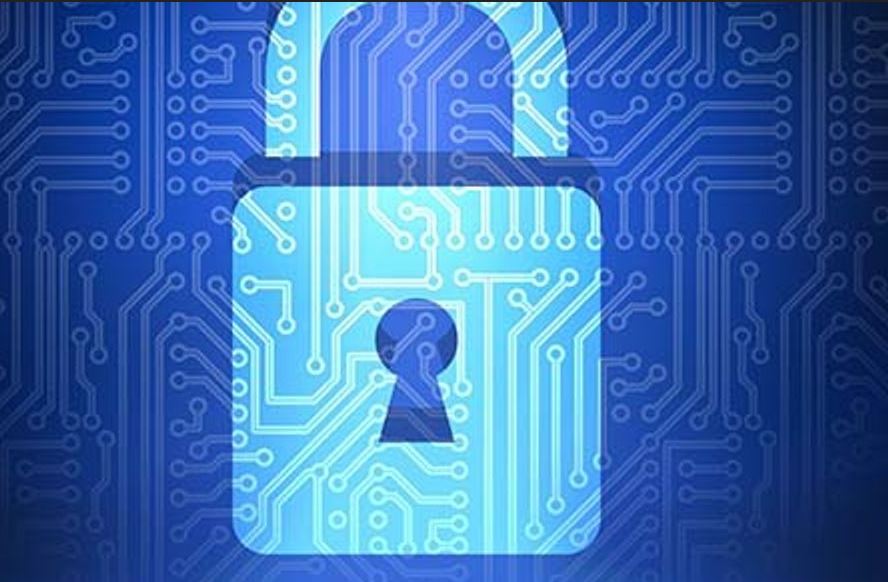Making physical places less attractive targets is necessary for physical safety.
Understanding Operational and Physical Security
🔐 Operational Security Overview
Operational security (OpSec) focuses on how your organization functions day to day—especially regarding your computer systems, networks, and communication infrastructure. It’s about managing the ongoing security of your information systems rather than their physical layout or hardware design.
As a security professional, you’ll likely spend more time addressing operational security concerns than any other area. These include:
-
Network Access Control (NAC)
-
Authentication mechanisms
-
Security topology after network deployment
-
Daily network operations
-
External connections
-
Backup and disaster recovery planning
Operational security addresses everything that isn’t directly related to physical security or system architecture. Instead of focusing on the server itself, the emphasis is on the way systems interconnect and the policies that govern their use. Notably, the acronym NAC is sometimes used to refer to network admission control, though the more common usage is network access control.

⚙️ Common Operational Challenges
Operational issues can seem overwhelming at first, as they often stem from:
-
System vulnerabilities
-
Weak or incomplete security policies
-
Improper configurations
Example: If you implement a password expiration policy that requires users to change passwords every 60 days, but your system allows password reuse, users could simply re-enter the same password—nullifying the policy. From an operational standpoint, this creates a vulnerability. Fixing it might require upgrading your logon system or replacing the operating system entirely—both potentially expensive or impractical.
Sometimes, system limitations or management resistance to change can prevent ideal security implementations. Your job is to mitigate these risks as much as possible within those constraints.
🛡️ Physical Security: A Three-Part Approach
While operational security focuses on systems and processes, physical security protects the tangible assets—hardware, documents, and facilities. Physical security involves prevention, detection, and recovery.
1️⃣ Deterrence and Prevention
Sometimes, simple deterrents, like having a security guard (even one who’s inattentive), can be enough to prevent casual theft. Office buildings may also include:
-
Roving security patrols
-
Access control systems (locks, badges, passcodes)
-
Surveillance systems
As IT professionals, you’re often not responsible for physical building security, but you are accountable for securing systems, documents, and devices.
To make your facility less attractive to criminals:
-
Keep doors locked outside of business hours
-
Install security cameras or alarm systems
-
Use badge or key access for elevators and restricted areas
The goal is to make your location not worth the effort for would-be thieves.
2️⃣ Detection
If a breach occurs, you need to know:
-
What was accessed or taken
-
How the breach happened
-
Who was responsible
Passive video surveillance is a reliable method for detection. Most retail and corporate environments routinely record sensitive areas, and these recordings are admissible in court.
Law enforcement should be immediately involved after a breach. To deter future incidents, publicly commit to prosecuting offenders to the fullest extent of the law. Also, make your cameras and policies highly visible to discourage criminal activity.
3️⃣ Recovery and Continuity
In the event of theft, vandalism, or disaster, recovery is critical. Imagine your server room is destroyed by fire or flooding—how long would it take your organization to resume operations?
Disaster recovery planning is essential and should include:
-
Off-site backups of critical files (bank records, orders, client info)
-
A recovery timeline
-
Regular testing of restore procedures
-
Business continuity documentation
Many businesses rely on third-party software to reduce costs or ensure compatibility. However, this often ties them to specific operating systems, some of which may have significant security vulnerabilities.
As a security professional, you’re still responsible for safeguarding the environment, even if the tools you’re working with are less than ideal.
🌐 Final Thoughts
Operational and physical security are deeply intertwined. Whether you’re managing password policies, defending against cyber threats, or ensuring physical barriers are effective, your role is critical in protecting both digital and physical assets.
When your secure corporate network is connected to the internet, you expose it to countless threats. While hardware and software solutions can reduce risk, budget constraints and organizational resistance can limit your options. Operational security means doing the best you can with the tools and authority you have—planning for risks, detecting intrusions, and ensuring recovery when things go wrong.
